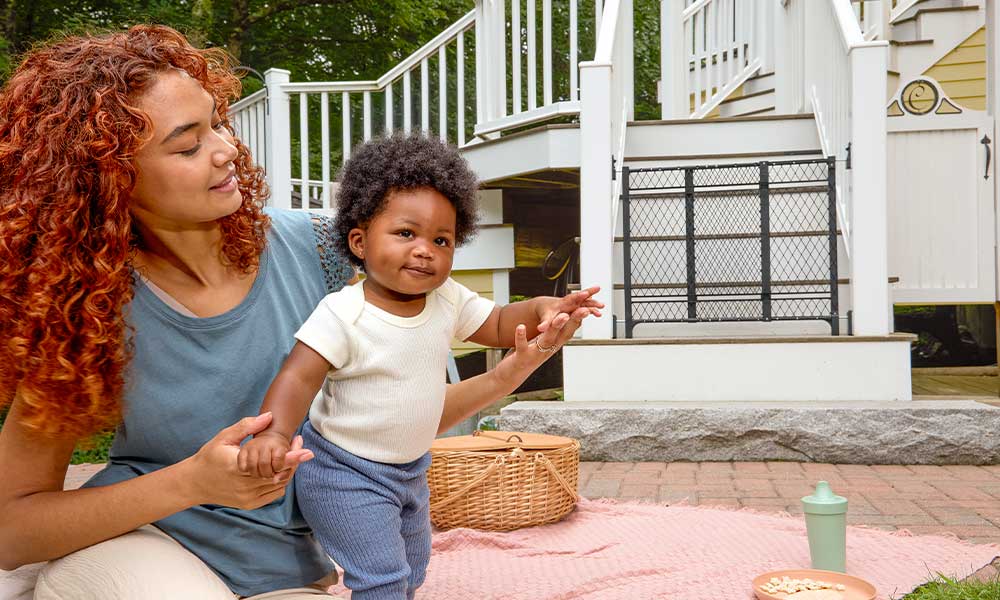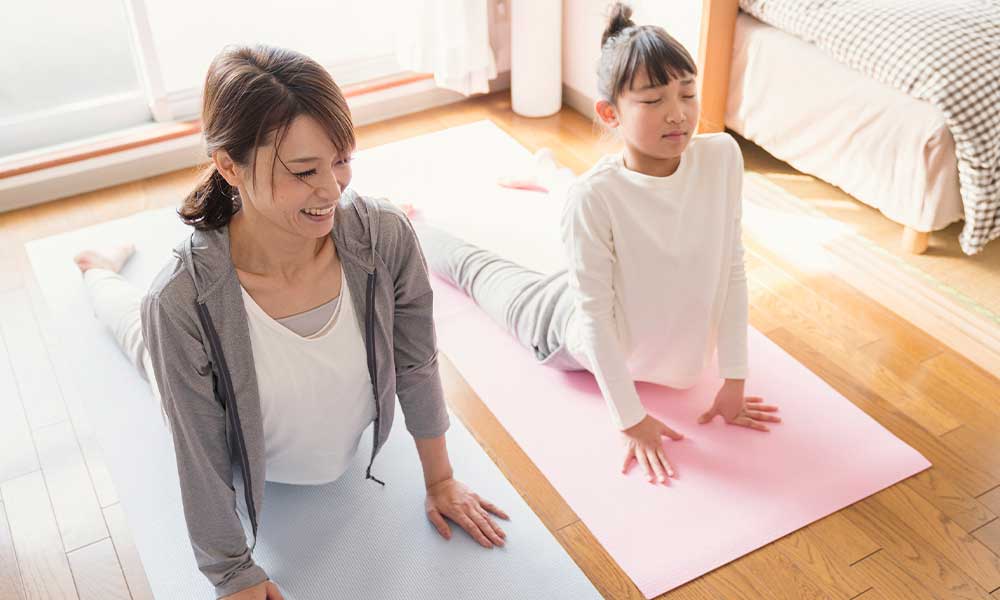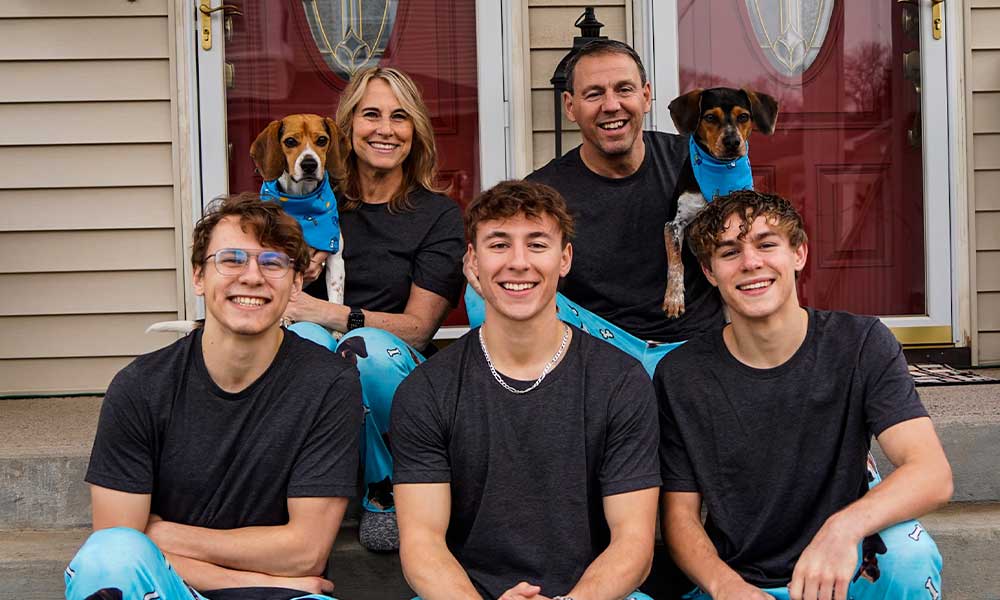When shopping for baby gear and toys it is natural to prioritize convenience and cost, both essential to families and caregivers. However, many are unaware of the hidden risks associated with these purchases, particularly online purchases. A significant number of baby products sold through online marketplaces bypass the rigorous safety regulations and third-party testing requirements mandated for these items due to a regulatory loophole known as the de minimis exemption. According to a White House report, the number of shipments entering the United States claiming the de minimis exemption has increased significantly, from approximately 140 million a year to over one billion each year over the last ten years.
Wait...what’s the de minimis exemption? First, let’s zoom out. (We’ll get there soon!) The bad news is that the growth in inexpensive, direct-to-consumer offers can put children at risk. The good news is there are plenty of safe, wonderful products out there if you know where and how to look for them.
Safety standards to protect babies and kids
“Baby products are highly regulated because infants and children are among the most vulnerable populations; every detail matters, including materials selection, structural and functional design elements and built-in safety features,” explains Mary Beth Schneider, who serves as General Counsel for Kids2, whose portfolio includes the brands Baby Einstein™, Bright Starts™, Ingenuity™, and SwaddleMe™. These items must “be tested by a third-party laboratory to make sure they meet all applicable laws and regulations, which are different according to category,” says Schneider.
The Consumer Product Safety Improvement Act (CPSIA) of 2008 is a landmark U.S. law designed to enhance the safety of consumer products with particular focus on those intended for children. The CPSIA imposes strict regulations, enforcement measures and, importantly, third-party testing requirements for all children’s products. The testing must be conducted by an accredited laboratory and manufacturers and importers must produce evidence of compliance with these mandates. “Compliance with the CPSIA is an essential step in assuring parents and caregivers that their items meet important safety standards,” says Schneider.
Designing products to standards and securing third-party testing is an essential, and costly, component of the development process. “Having products tested by an accredited third-party laboratory ensures that they have undergone thorough, standardized evaluations to minimize risks and protect children’s health and well-being,” Schneider explains. When manufacturers bypass this step, typically to save money, they risk releasing products that are not safely designed or adequately evaluated, putting children at unnecessary risk.
A loophole that threatens quality and safety
But there’s a loophole. According to the National Foreign Trade Council, “The De Minimis Tax Exemption is a law that Congress passed on a bipartisan basis that allows shipments bound for American businesses and consumers valued under $800 (per person, per day) to enter the U.S. free of duty and taxes.” These goods now account for most of the cargo entering the U.S., according to U.S. Customs and Border Protection, and the flood is only picking up steam. The agency processes about 4 million de minimis shipments every day.
For parents, this means more manufacturers can bypass safety laws than ever before. It means those super cheap items, often for sale on third party marketplaces (as opposed to reputable retailers), might not meet U.S. safety standards that are meant to protect kids. The de minimis exemption can enable foreign businesses to undercut U.S. retailers and avoid safety requirements.
How to protect your family
Brands that are doing the right thing inevitably have robust programs to ensure overarching safety and compliance. From the initial development of a product through its design and engineering and beyond, safety checks are an integral part of the process. At multiple touchpoints, quality review boards conduct thorough assessments. By the time a product goes to market, it has been tested again and again.
Here’s how parents can make sure the products they buy for their family are as safe as possible:
- Shop from companies and brands you know and trust-your kid’s safety is worth the investment.
- Be skeptical. If a price seems too good to be true, it very well might be.
- When you buy something, make sure you know who you’re buying from. Online, look for 'sold by' information. If you don't recognize the seller, do more research or consider choosing another product.
- Do a search on CPSC’s database, saferproducts.gov. They publish unsafe product reports and reviews, so it’s a great resource. You can see a list of recalls and product safety warnings at cpsc.gov/recalls.
Here’s to happy, fun, and above all, safe goods for the most important people in our lives.



